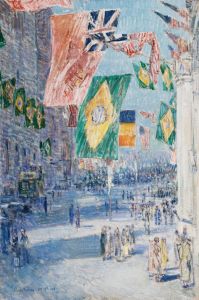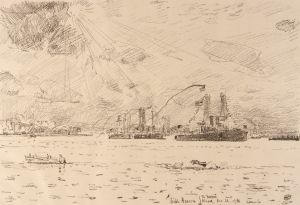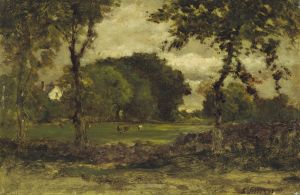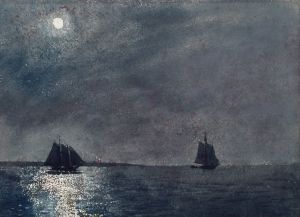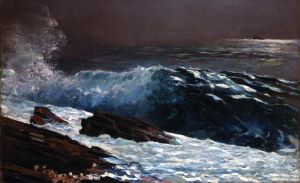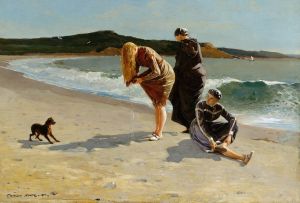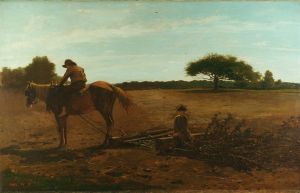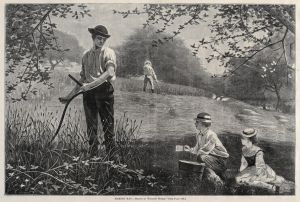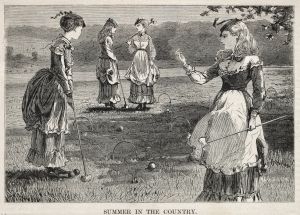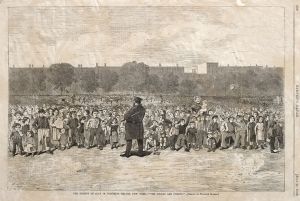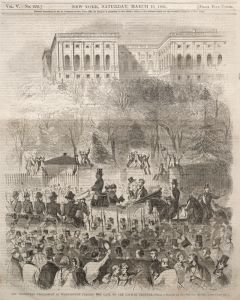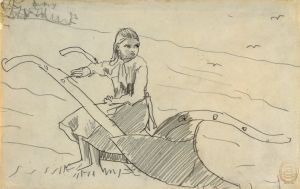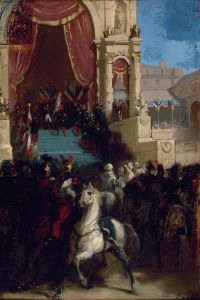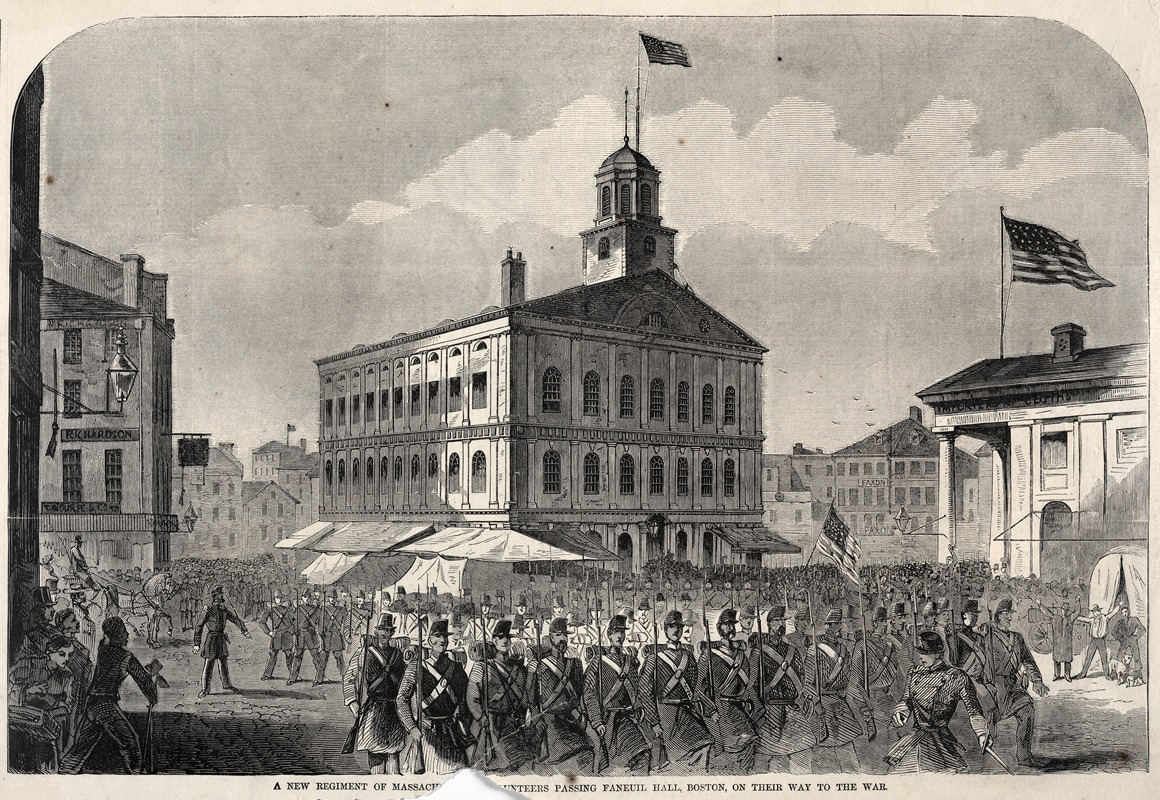
A New Regiment of Massachusetts Volunteers passing Faneuil Hall, Boston, on their way to War
A hand-painted replica of Winslow Homer’s masterpiece A New Regiment of Massachusetts Volunteers passing Faneuil Hall, Boston, on their way to War, meticulously crafted by professional artists to capture the true essence of the original. Each piece is created with museum-quality canvas and rare mineral pigments, carefully painted by experienced artists with delicate brushstrokes and rich, layered colors to perfectly recreate the texture of the original artwork. Unlike machine-printed reproductions, this hand-painted version brings the painting to life, infused with the artist’s emotions and skill in every stroke. Whether for personal collection or home decoration, it instantly elevates the artistic atmosphere of any space.
Winslow Homer, an American artist renowned for his landscape paintings and depictions of American life, created the artwork titled "A New Regiment of Massachusetts Volunteers passing Faneuil Hall, Boston, on their way to War" in 1861. This piece is a significant example of Homer's early work as an illustrator and captures a poignant moment during the American Civil War.
The painting illustrates a regiment of Massachusetts volunteers marching past the historic Faneuil Hall in Boston. Faneuil Hall, often referred to as "the Cradle of Liberty," has been a central gathering place for public discourse and a symbol of American independence since the 18th century. By choosing this location, Homer underscores the patriotic fervor and communal spirit prevalent in the North during the early years of the Civil War.
Homer's depiction is notable for its attention to detail and the way it captures the mood of the era. The soldiers are shown in formation, marching with determination and purpose, reflecting the sense of duty and commitment felt by many who enlisted to fight for the Union cause. The crowd gathered along the streets to watch the procession includes men, women, and children, highlighting the widespread public interest and support for the troops. This scene conveys the collective emotions of pride, hope, and anxiety as the community bids farewell to the soldiers heading to war.
The artwork is executed with a keen eye for realism, a hallmark of Homer's style. His use of light and shadow, along with the careful rendering of the figures and architecture, provides a vivid and dynamic portrayal of the event. The composition effectively captures the movement and energy of the marching regiment, while also conveying the solemnity of the occasion.
Homer's work during this period often focused on themes related to the Civil War, and he produced numerous illustrations for publications such as Harper's Weekly. These illustrations played a crucial role in shaping public perception of the war, bringing images of the conflict into homes across the nation. "A New Regiment of Massachusetts Volunteers passing Faneuil Hall, Boston, on their way to War" is a testament to Homer's ability to document historical events with both artistic skill and emotional depth.
This painting, like many of Homer's works, serves as a valuable historical record, offering insights into the social and cultural climate of the United States during the Civil War. It reflects the artist's early career as an illustrator and his growing interest in capturing the human experience, themes that would continue to define his later, more mature works.





